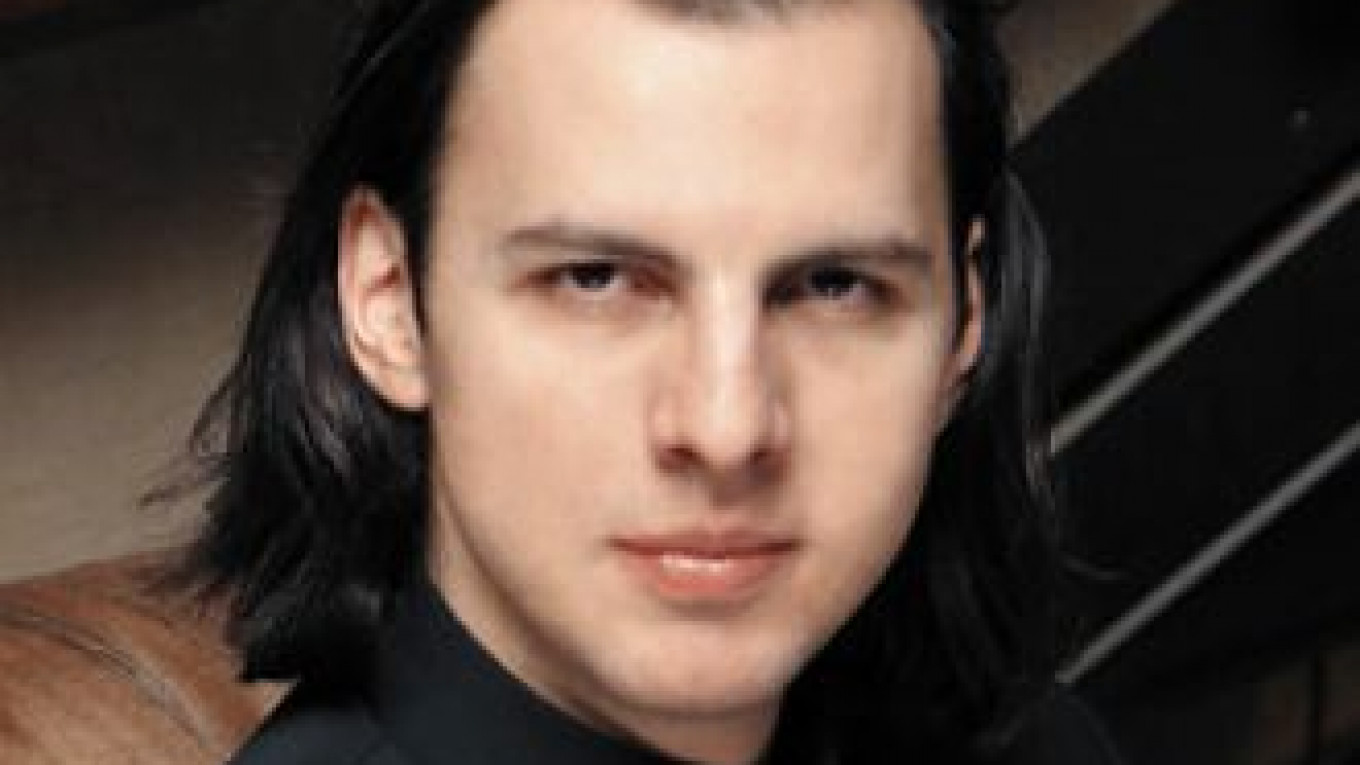The city of Perm can hardly be said to lie on anything truly resembling a beaten path. Yet in spite of its remoteness, and almost uniquely among cities in the Russian hinterland, it boasts both a ballet and an opera company capable of seriously challenging their Moscow and St. Petersburg counterparts.
Last summer, I reported on the Perm Theater of Opera and Ballet's inspired performance of Igor Stravinsky's ballet "The Wedding."
Late last month, I found myself again in Perm, this time for opera, in the form of a new production of Wolfgang Amadeus Mozart's "The Marriage of Figaro."
"Figaro" is the second installment in the theater's project, jointly produced with the Festspielhaus in Baden-Baden, Germany, to present all three of Mozart's operatic masterpieces composed to librettos by Italian Lorenzo da Ponte. "Cosi fan tutte" initiated the project late last year and "Don Giovanni" is due to conclude it next season.
Of all the previous productions of "Figaro" that I have seen over the course of many years, I can recall none that surpassed Perm's musically or more fully came to grips with the essence of its story.
The production's musical success was due in no small measure to the conducting of Teodor Currentzis, artistic director of the theater since the beginning of 2011 and a figure who has achieved nearly cult status among Moscow audiences.
Currentzis' approach to Mozart seems to have evolved considerably since his rather rough-and-ready leadership of "Figaro" in Moscow four years ago with the Novosibirsk Theater of Opera and Ballet and the cruel beating he gave the score of "Don Giovanni" at the Bolshoi Theater season before last.
Absent from his Perm "Figaro" was the over-emphatic pounding of Mozart's music that I found so irritating in the past.
In its place, there emerged a still brisk, but much calmer approach that gave the music space to breathe and a far more natural flow.
The Musicaeterna Orchestra, which Currentzis founded eight years ago and has rigorously trained in performance practices of earlier eras, played with exemplary stylishness and accuracy.
Lorenzo da Ponte based his libretto on a play by Frenchman Pierre-Augustin Caron de Beaumarchais called "The Mad Day or The Marriage of Figaro," which premiered in Paris, to overwhelming success, in 1784.
Central to the play was Beaumarchais' fierce denouncement of aristocratic privilege and indifference to the suffering of the lower classes.
And while the play could hardly in itself be called a cause of the revolution in France that followed five years later, it certainly seemed to point the way to an imminent demise of the ancient regime.
In fashioning a libretto for Mozart's opera, which made its debut in Vienna just two years after the play's premiere, da Ponte removed most of its overt political criticism, concentrating instead on the sexual shenanigans abounding in the household of Count Almaviva, though including and emphasizing among them the Count's determination to exercise his feudal droit de seigneur in respect of his wife's chambermaid Susanna.
Perm's German production team of director Philipp Himmelmann, set designer Johannes Leiacker and costume designer Florence von Gerkan combined their efforts in such a way as to catch the spirit of the opera to near-perfection.
All four acts played on a single set, decorated mainly by a tall apple tree –and referred to in the program booklet by both director and set designer as a sort of "Garden of Eden."
Surrounding the central playing area was a glass-enclosed passage which served, among other things, to separate the peasants of the Count's estate from his immediate household.
Unlike the case with so many productions of opera that update time and place, all of this seemed completely in keeping with the intentions of both librettist and composer.
Most important of all, however, was director Himmelmann's precise definition of each of the opera's characters and of their many and varied moments of interaction.
Perm's two casts for "Figaro" combined singers from the theater own roster with guests from six European countries and the U.S.
Particularly outstanding among those heard the night I attended were Anna Kasyan, a Georgian-born soprano of Armenian origin now resident in France, who, as Susanna, managed despite illness to display both the silvery tones and lively stage presence that have recently brought her to international operatic prominence, Italian Simone Alberghini, who, as Figaro, brought both a bright sense of comedy and a convincing seriousness to his attempts at making the Count seem a fool, and Ukrainian Andrei Bondarenko, who played the lecherous Count in a delightfully off-hand manner. Otherwise, the cast had many strengths and no serious weaknesses.
Moscow seems almost certain to see Perm's "Figaro" at the Golden Mask festival the year after next.
Meanwhile, it can soon be heard on CD, as recorded for a major international recording label following the September performances.
A Message from The Moscow Times:
Dear readers,
We are facing unprecedented challenges. Russia's Prosecutor General's Office has designated The Moscow Times as an "undesirable" organization, criminalizing our work and putting our staff at risk of prosecution. This follows our earlier unjust labeling as a "foreign agent."
These actions are direct attempts to silence independent journalism in Russia. The authorities claim our work "discredits the decisions of the Russian leadership." We see things differently: we strive to provide accurate, unbiased reporting on Russia.
We, the journalists of The Moscow Times, refuse to be silenced. But to continue our work, we need your help.
Your support, no matter how small, makes a world of difference. If you can, please support us monthly starting from just $2. It's quick to set up, and every contribution makes a significant impact.
By supporting The Moscow Times, you're defending open, independent journalism in the face of repression. Thank you for standing with us.
Remind me later.






